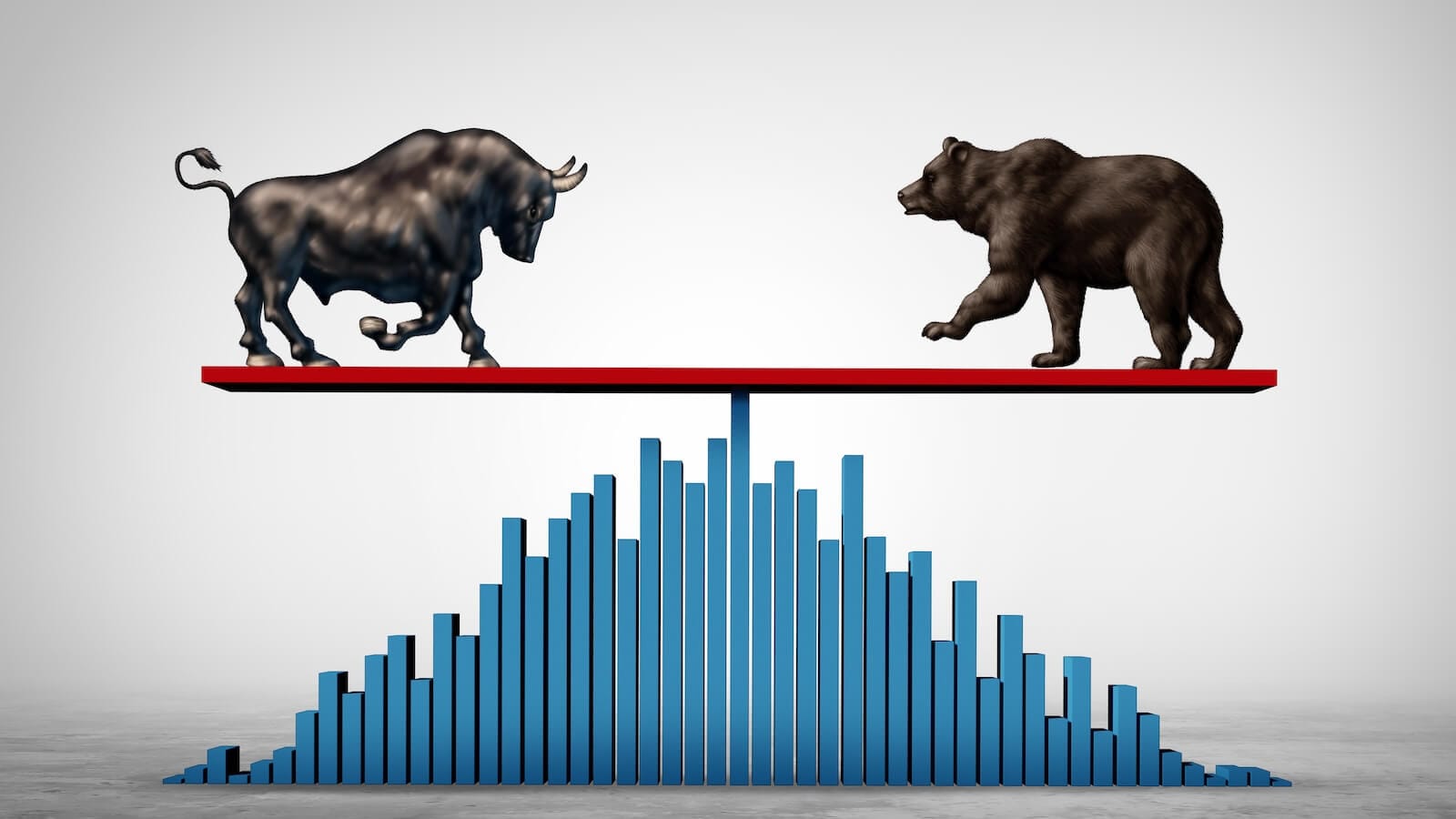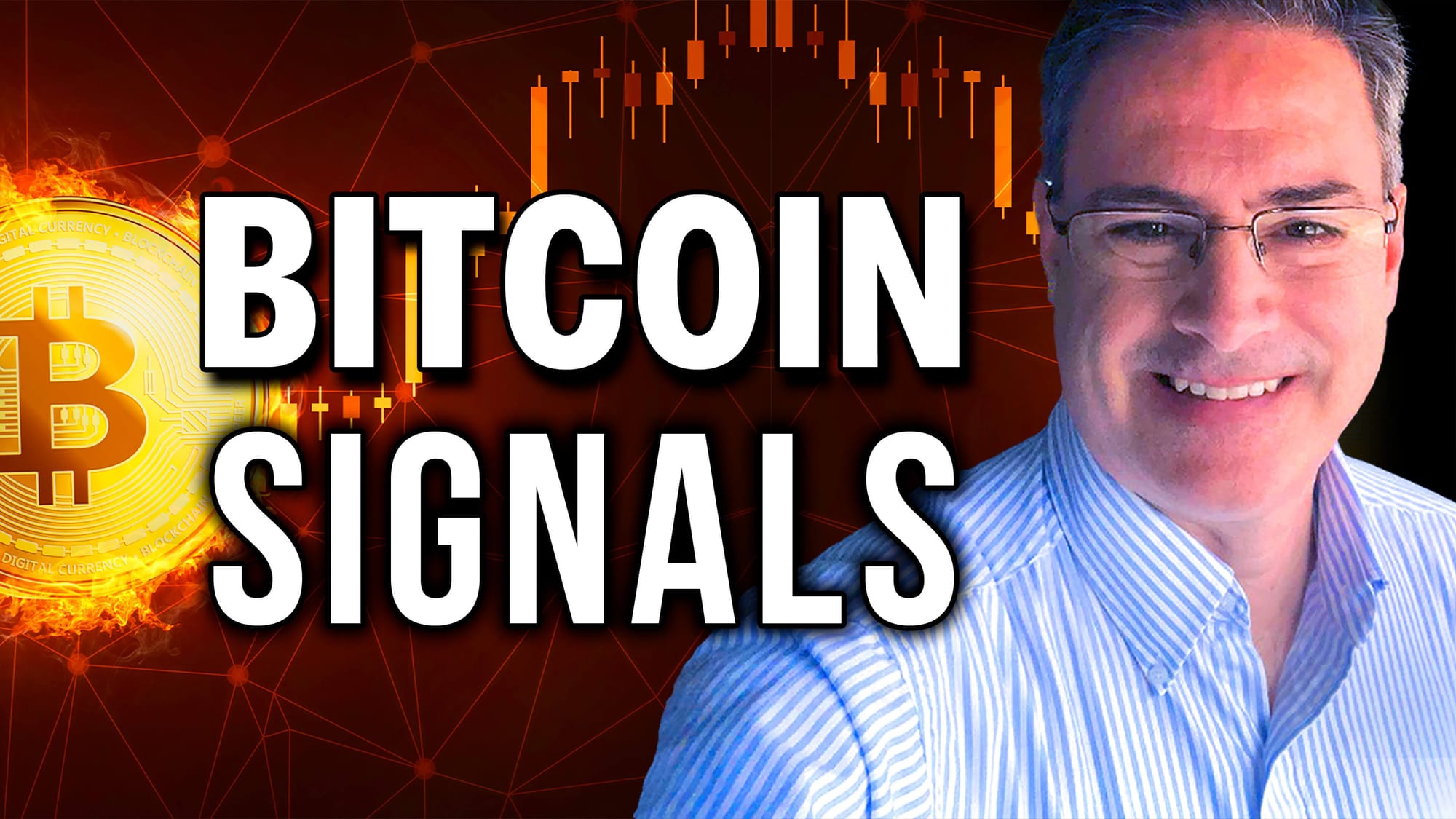Gold is at a Record High -- Is There a Message?
The recent rally in the gold price has not yet attracted the kind of gold fever associated with the 1980 peak. At that time, there were numerous reports of unusual action, such as customers forming huge lines to buy the stuff at Canadian banks, an event that to my knowledge has not happened before or since.
While the hype may be missing, the advance nonetheless comes with a strong message. That message can be gleaned from Chart 1, which compares gold momentum in the form of a long-term KST, to that for copper and oil. The point of the exercise is to show that there is a chronological sequence that takes place in the commodity markets.
Gold Leads Copper and Crude Oil
This can be appreciated from the slanting arrows, which show gold has a strong tendency to lead copper, which in turn has a slight edge over crude oil. Of course, the leads vary from cycle to cycle as to the magnitude of the moves. However, one message that comes through is that whenever the gold KST rallies, copper eventually moves up in sympathy.
The current situation is special in that gold momentum has been particularly strong during this cycle. Historically, such action has more often than not been followed by an above-average copper rally, far more than the small KST rally that has so far materialized.

Crude oil momentum has been flat for a year now and continues to play its lagging role. It's always possible that its KST will move to the downside. However, that would be out of character with previous cycles. The message of rising gold prices is therefore likely to again be an inflationary one that eventually reaches the crude oil pits.
Timing the Commodity Rally
The question naturally arises as to when higher gold prices actually result in higher commodity prices. This is addressed in Chart 2, where the CRB Composite is compared to the ratio between gold and it. In a broad sense, when the ratio peaks, it means gold has finished anticipating higher commodity prices and it's time for them to begin fulfilling the gold forecast. The most dramatic example of this change in fortunes occurred in the spring of 2020, when the ratio abruptly peaked and the CRB simultaneously reversed on a dime as it began a new bull market. Not all such turnarounds are so easy to spot, so it's helpful to come up with an objective way of identifying them. One timely and consistent approach is to wait for the ratio's long-term KST to trigger a sell signal by crossing below its 9-month MA.
Previous instances have been flagged by the vertical red lines. Sometimes, the CRB rally has already gotten underway ahead of the signal. Nerveless, the green arrows plotted against the vertical lines show that the bulk of the advance invariably takes place after the ratio has begun to turn.

Occasionally, such as in 2012 and 2016, reversals in the ratio were followed by a weak advance or trading range. It would certainly be nice to know that ahead of time. However, assessing the magnitude of a forthcoming move is not the object of the exercise, as we are interested in knowing when the Gold/CRB environment moves in favor of the CRB. The ratio touched a new bull market high in April because commodities sold off and gold rallied. As a result, the KST, which had begun to flatten, now finds itself edging higher and, therefore, moving marginally away from a ratio sell signal (CRB buy mode).
I should add that the absence of a sell signal does not preclude commodities from rallying in the interim. If you look to the left of the vertical lines, you will see that the CRB usually bottoms several months prior. It's just that the environment for commodities is usually much more favorable following the generation of a signal than before it.
The CRB is Poised for a Breakout
This time, the stakes are higher because the CRB Composite finds itself on the threshold of completing a multi-year inverse head-and-shoulders pattern.

Good luck and good charting,
Martin J. Pring
The views expressed in this article are those of the author and do not necessarily reflect the position or opinion of Pring Turner Capital Groupof Walnut Creek or its affiliates.










